2019 Bugatti Chiron Sky View
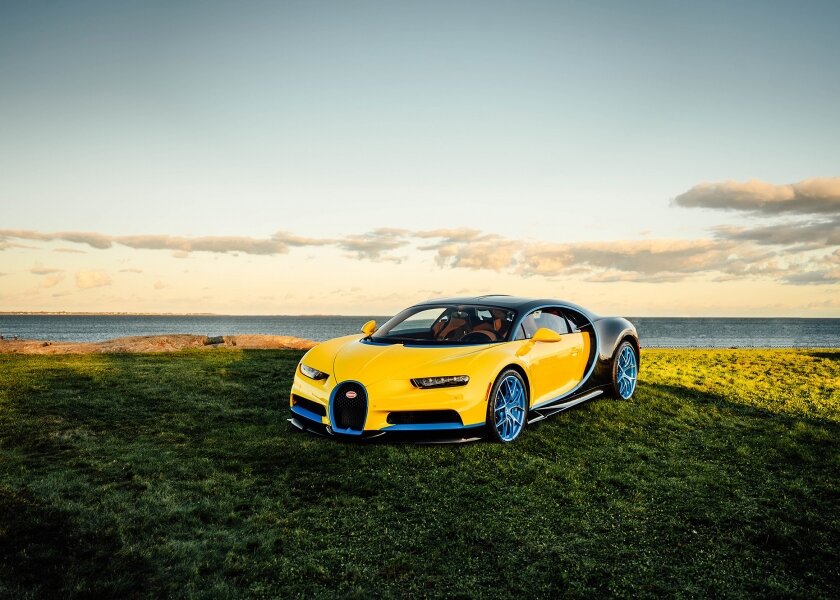
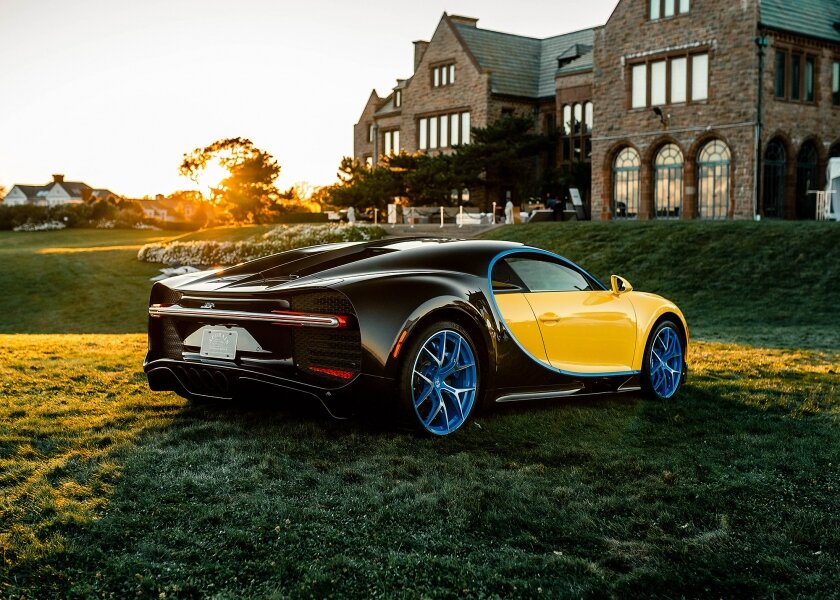
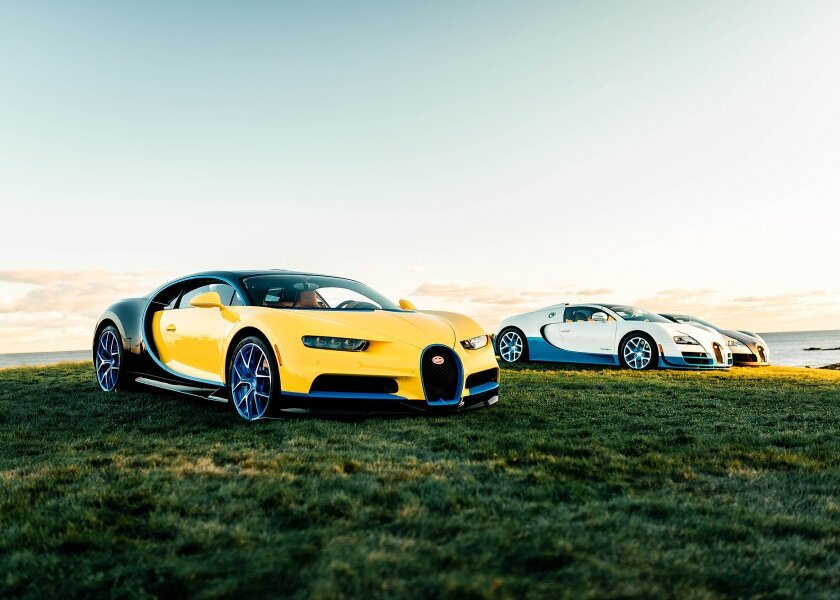
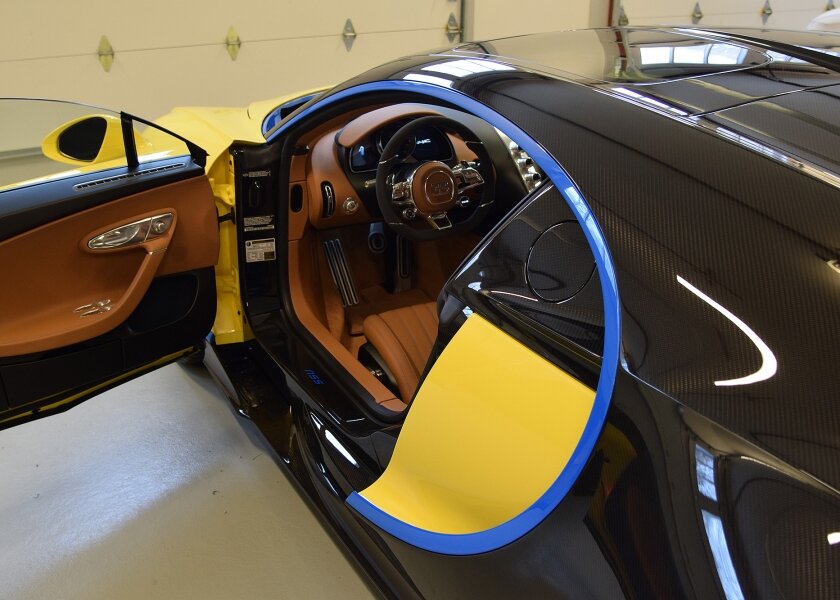
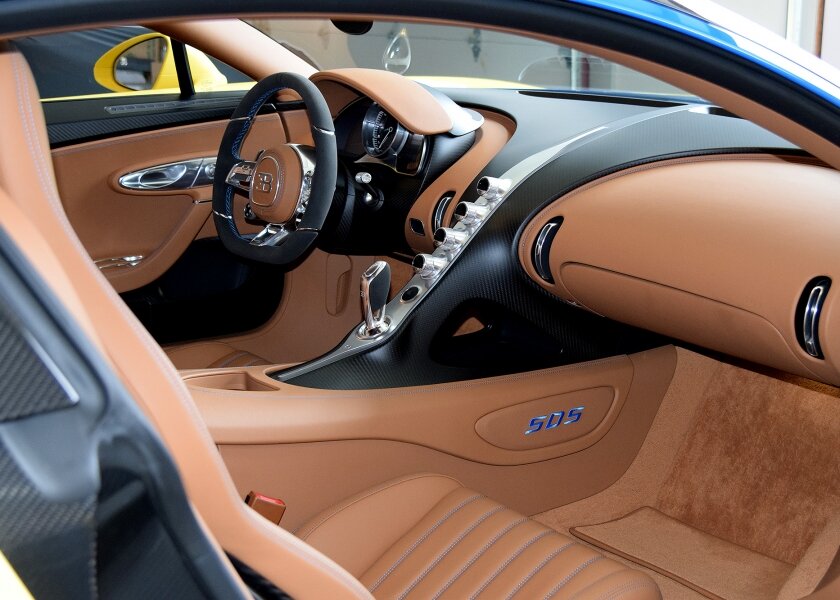
Specifications
Configuration: Mid-Engine, All Wheel Drive
Engine: 8.0L Quad-Turbocharged W16
Horsepower: 1479 @ 6700 RPM
Torque: 1180 lb-ft @ 2000 RPM
Transmission: 7-speed dual clutch
0 - 60: 2.3 seconds
Top speed: 260 mph (electronically limited)
Weight: 4360 lbs
The Veyron was the first Bugatti released since the family name was revived by Volkswagen in 1998. Named after legendary Bugatti racecar driver Pierre Veyron, the quad-turbocharged 16-cylinder supercar was created to represent the dramatic performance of original Bugattis decades ago. The Veyron was the first production car in history to cross the 1000 horsepower threshold, setting production car speed records at over 250 MPH. After a decade long production run, the Veyron was retired, but its replacement was already on the horizon.
The latest Bugatti’s namesake was again drawn from a famed Bugatti racer – Louis Chiron. As if a 1000 horsepower supercar wasn’t enough, the Chiron’s 1500 HP power plant dropped jaws all over the world. While the Veyron was designed purely as a straight line top speed car, the Chiron is much more athletic and dynamic; it can almost be considered a 4000 pound ‘driver’s car’ by the way it behaves on the road.
Though the Chiron retains the same general structure as the previous Veyron, it is very far from just a computer upgrade. Every possible aspect of the Veyron has been profoundly improved in the Chiron. The backbone of the Chiron is its carbon-fiber monocoque – the chassis is one piece to save weight and increase structural rigidity. The monocoque includes the ‘C’ design which splits the interior. A dual purpose design – paying homage to Louis Chiron and increasing stiffness. The Chiron has a carbon-fiber rear subframe to also increase stiffness, a piece the Veyron was produced without.
To achieve a higher top speed than the outgoing Veyron, aerodynamics along with the engine output had to be vastly improved. Side flanks on the car are utilized as stability devices on high speed runs. Diffusers in front and rear adjust to provide optimal airflow depending on the driving mode.
The 420mm carbon silicon carbide brakes and eight piston calipers are larger and also lighter than the outgoing car. Headlight ducts channel air to the brakes to aid in cooling, and a Bugatti patented device behind the brakes sucks air out of the wheel wells.
Behind the seats, the engine has been made stronger wherever possible. Turbochargers are 69% larger and push more boost. The car prefers to run on 98 octane to produce optimal power. The Dual Clutch Transmission was completely redesigned to shift faster and last longer. At full tilt, the engine pumps 1000 liters of air through the engine each second!
While the Chiron isn’t an engineering revolution, it does house an immense set of statistics that speak for this car. This particular Chiron is the first Sky View model delivered to the United States. Two fixed glass panels in the roof are used to open up the cockpit with natural light while also increasing roof stiffness. A design element of which Ettore Bugatti, and even more likely his designer son Jean, might have been proud.

















